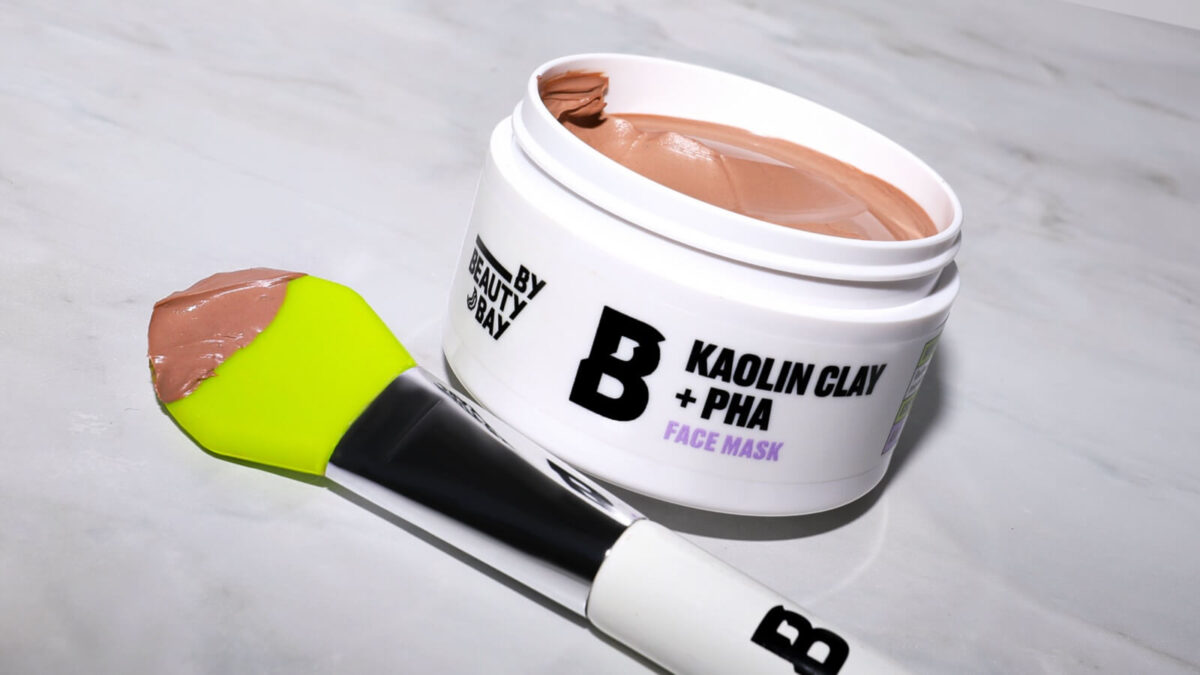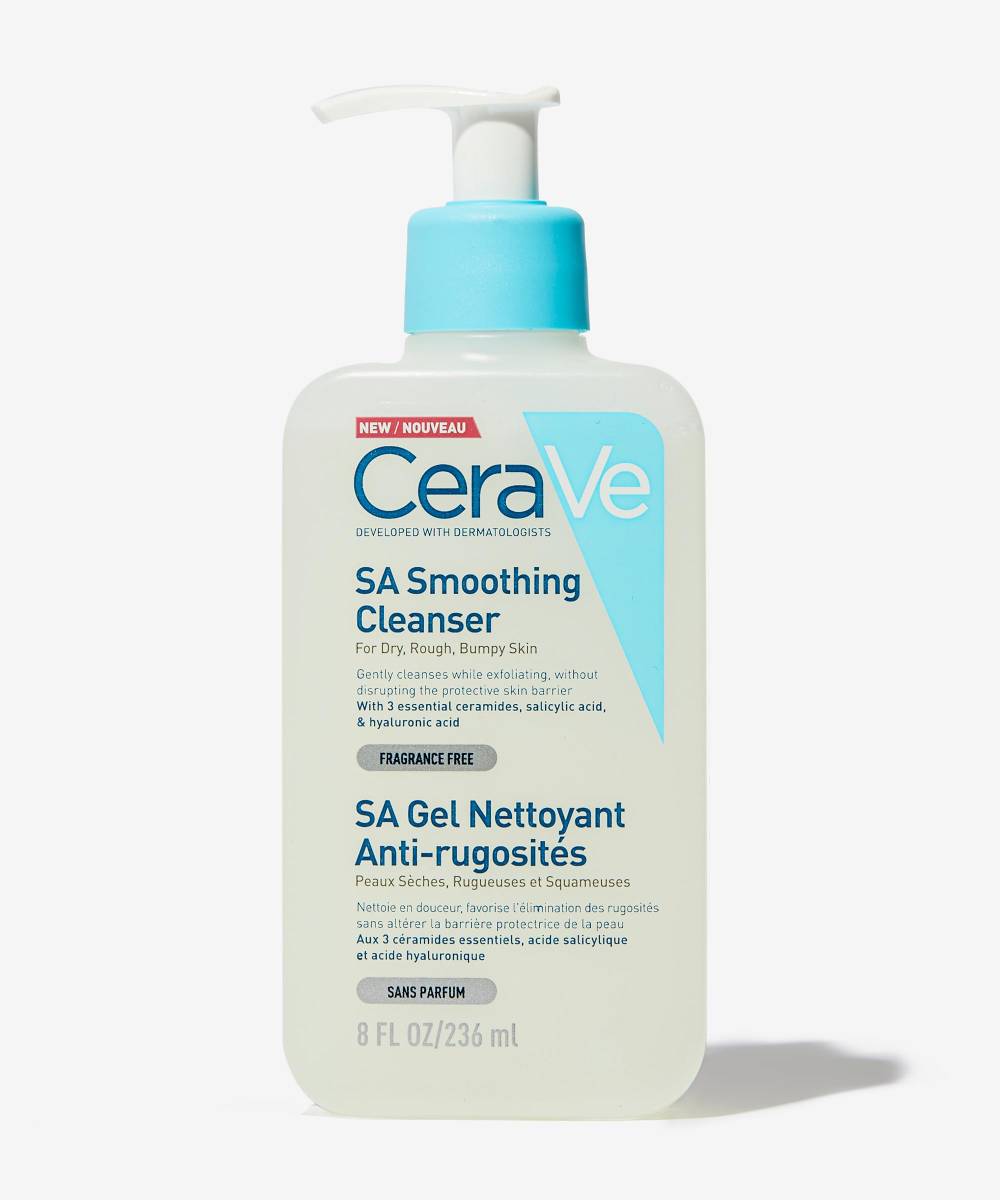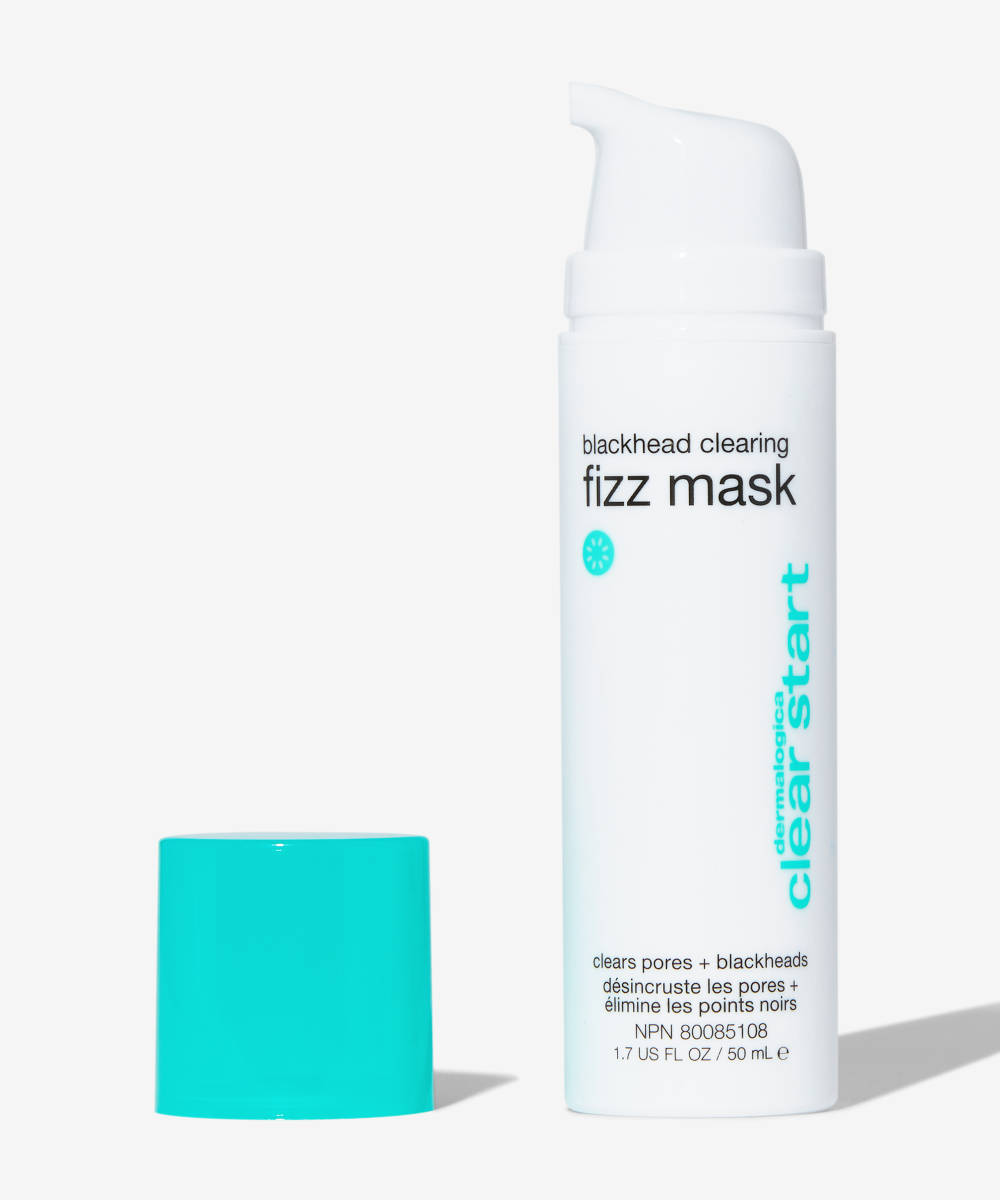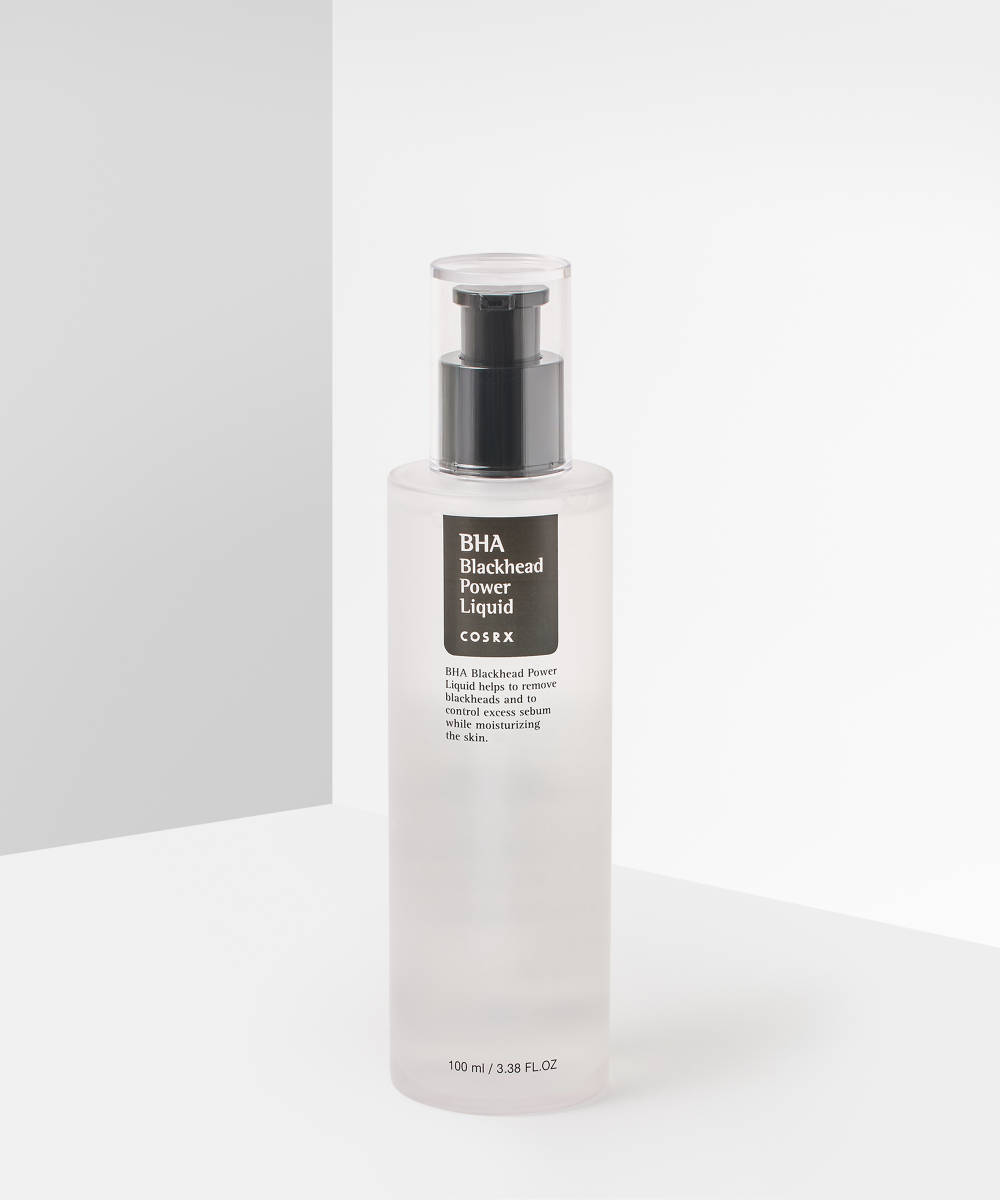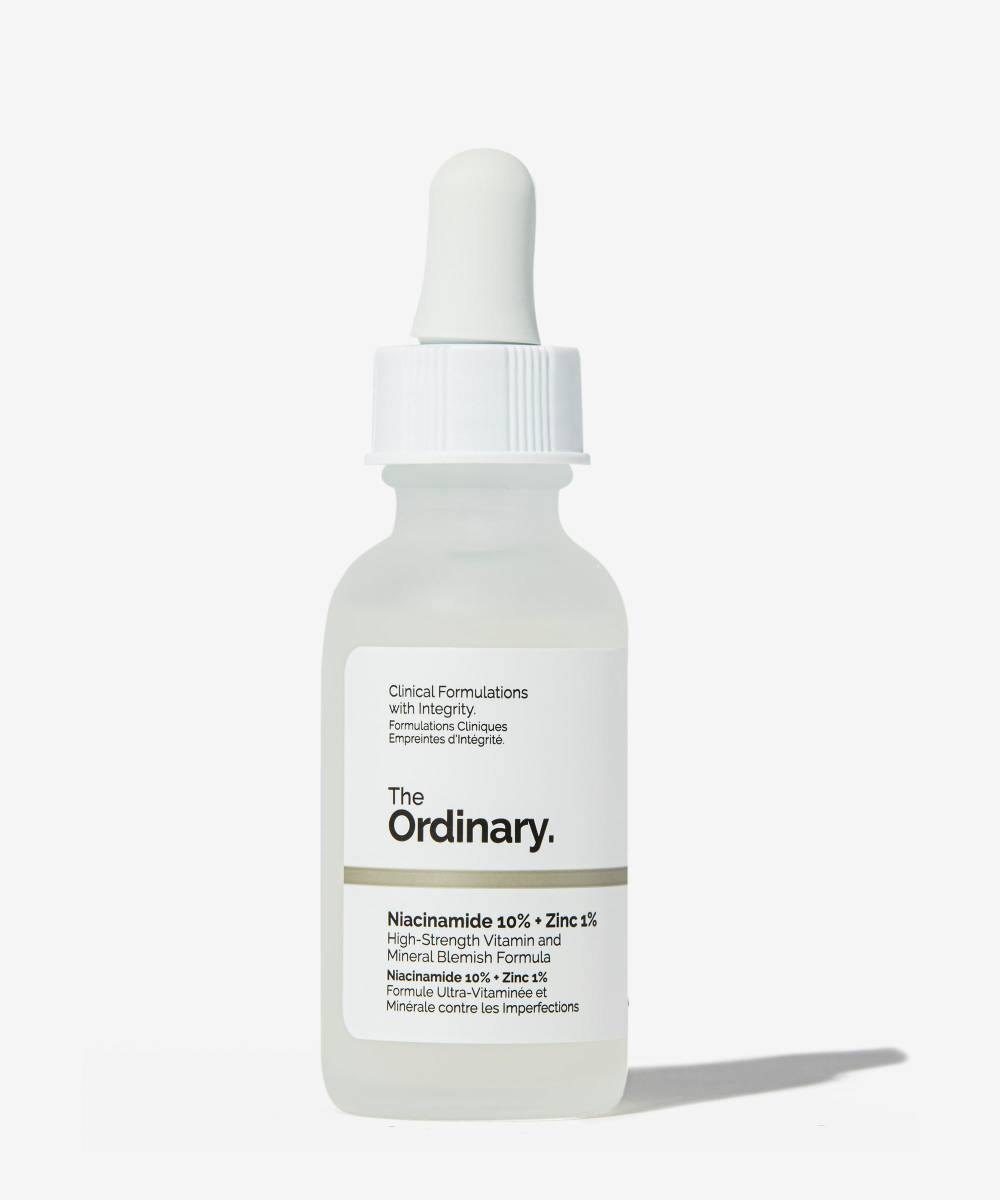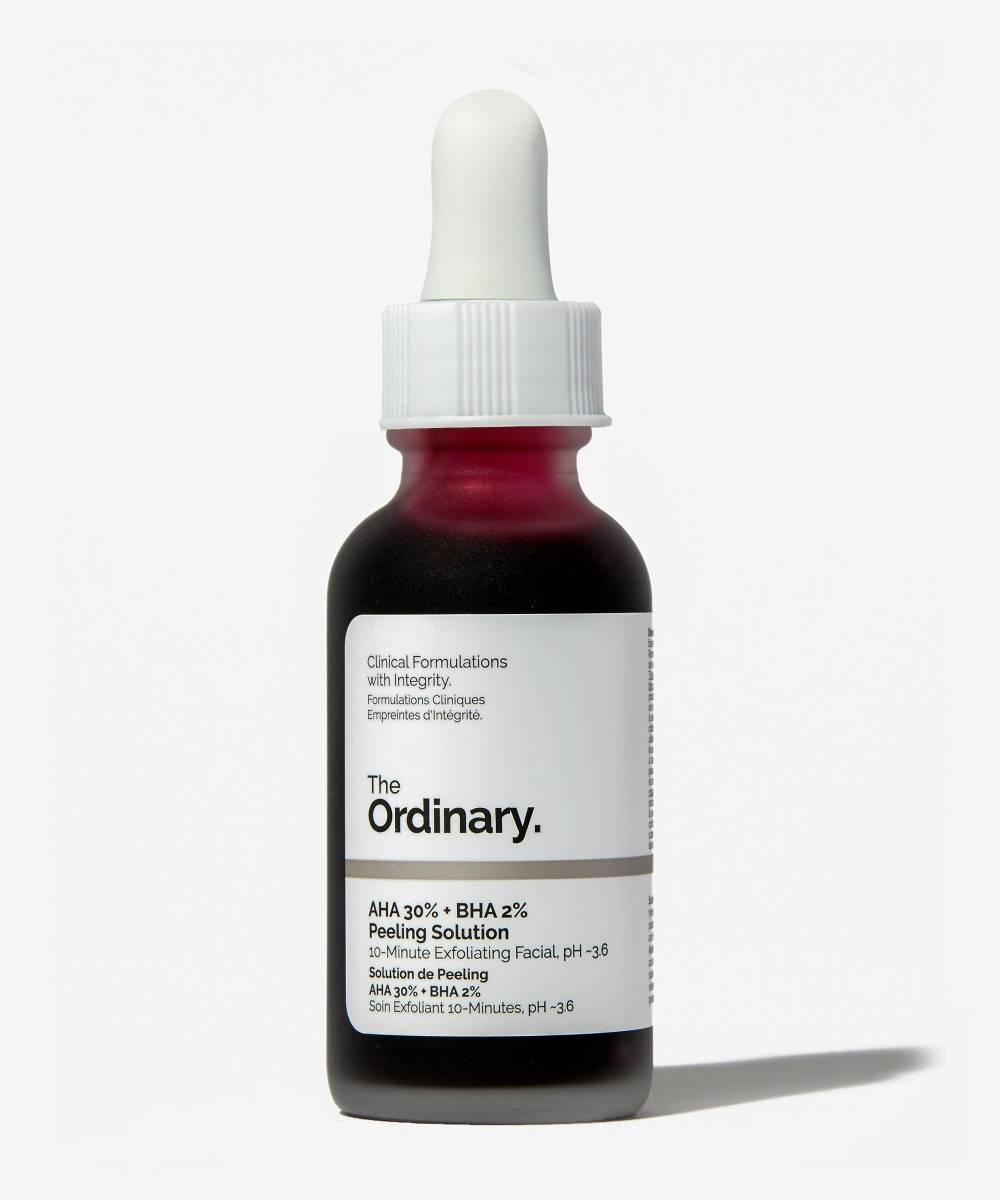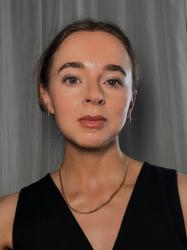Hi Grace,
I seem to constantly have hundreds of blackheads across and round my nose and it’s so frustrating. I’ve tried nose strips, but they don’t seem to do anything. I don’t really do much skincare apart from cleansing and moisturising so I’m wondering if I should be doing more?
Hailey
Firstly, it’s important to know the difference between blackheads and enlarged pores. Without seeing yours it’s impossible to know which you’re experiencing, but I do know that around 90% of my clients think they have blackheads but actually have enlarged pores – which is why I like to start here when I’m asked about blackheads…
Enlarged pores are often mistaken for blackheads because they’re so visible. If you look closely, it may appear that you have hundreds of them, so I think this is probably what you’re noticing. They’re usually caused by weakened collagen around the pore (from age or sun exposure) and if the pore has become filled with dirt, oil, and bacteria. Almost everyone has some enlarged pores – they’re most commonly seen around the nose (where we have more oil glands). You can temporarily reduce the appearance of enlarged pores, but if you have a predisposition towards them, then it’s very likely they’ll come back. Double cleansing your skin (with first an oil-based cleanser and then a foam or gel), and using a chemical exfoliant like salicylic acid (once or twice a week) can really help to reduce the appearance of enlarged pores by removing anything clogging them. Similarly, try introducing a niacinamide-based serum – the ingredient helps to control and lower sebum production. To strengthen collagen, ensure you’re using SPF daily, keep skin well hydrated, and introduce vitamin C into your routine – it helps to both produce and maintain collagen.
Blackheads, on the other hand, are technically a form of acne, so they’re not as common as you might think. They form when a pore becomes clogged with sebum and dead skin cells. As this builds up it creates a breeding ground for bacteria which causes inflammation, and when the buildup reaches the skin’s surface, it oxidises, which is what causes it to turn black.
Pore strips may seem satisfying to use, but they’re really just a quick fix, so won’t really help with long-term results. Salicylic acid and niacinamide can also be beneficial in helping to prevent blackheads, as can using a retinoid serum (which helps to improve cell turnover so dead skin is less likely to contribute to pore buildup), but to remove stubborn existing blackheads, you’ll probably need to visit an esthetician or dermatologist for professional extractions.
If you have a question for our resident beauty editor and esthetician Grace Day, tweet us at @beautybay using the hashtag #AskGrace for a chance to be featured.
